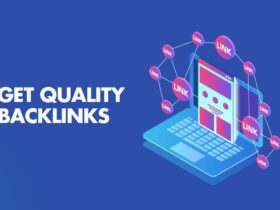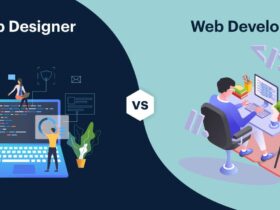It’s budgeting season, which means your lodge might be prepared to begin planning how, whilst, and where you may be investing at some point in 2020. As part of the “20/20 Strategy” series, we will offer professional hints to help you recognize your digital advertising and marketing campaign reports and flip insights into impactful actions. This is component 2 of the series.
We all realize that statistics is critical for tracking the effectiveness of your digital advertising and marketing campaigns. But is the facts you’re looking at surely telling you the complete story? The fact is: the results you’re looking at can be significantly affected by the metrics you screen and how you reveal the one’s metrics.

When Travel Tripper’s digital marketing team first works with a hotel purchaser, we always want to get admission to the hotel’s previous campaigns and apprehend how the marketing campaign became, to begin with, set up with a purpose to analyze applicable historical statistics appropriately.
For instance, understanding specific set-such as attribution and conversion home windows, might allow us to make an apple-to-apple contrast, enabling us to increase the 12 months-over-year effectiveness of the marketing campaign. Besides, we can see why certain decisions are made and what sort of budget reallocation may be important to attain the sales dreams at the belongings.
Tapping into our experience, we can reveal and explain the five most vital factors that make up the virtual marketing metrics that will help you better recognize and degree the overall performance of your campaigns.
1. Attribution Model
Google, Bing, and different channels all have special attribution fashions. These models can assist cover insufficiencies in campaign overall performance or boom the fee of certain campaigns as opposed to different campaigns.
For instance, let’s consider that we create two campaigns for a resort: one of which gives visitors 10% off, and another (created for remarketing purposes) offers 15% off.
Now, shall we say that a person sorts in your resort’s name and clicks at the ad to get 10% off? However, once they go to your internet site, they don’t have an ebook. Instead, they click away and go to a competitor’s web page.
Next, they cross again to Google and notice your remarketing advert for 15% off. Again, this ad would not persuade the client to book. But later in the day, after trying to find “boutique lodges to your town,” they find the natural hyperlink on your internet site and book.
Which click on this scenario becomes the maximum critical?
If we use a final click on the attribution version, Google Ads could now not get any recognition for the conversion, for the reason that the remaining click on got here from organic visitors and, in the long run, led to a conversion.
However, if we use a first-click on attribution version, all the revenue could be attributed to Google Ads. This is because the first click turned into an Ad, and the model acknowledges this click because the maximum essential.
So, until the campaigns have the same attribution model, it would be wildly misguided to compare one number to the following. They tell distinct tales and want to be interpreted with awesome care.
2. Lookback window
Lookback windows are defined because a customer is clicking or viewing one of your commercials and converting. So, if a person clicked on your inn banner ad nowadays, then booked the day after today, the lookback window might be 24 hours.
Commonly, the term implemented to a lookback window is around 15-30 days. But a few unscrupulous corporations set the lookback window to the most ninety-day restriction, which lets them skew the information of their prefer and doubtlessly misinform the motel.
How the lookback window can misinform
Say an agency units the lookback window to 5 days. If a patron clicks an ad and makes a Google question 10 days later, Google Ads would not recognize the conversion. However, if the lookback window is ready for 15 days, that identical click-on might be attributed to Google Ads.
Now, believe the organization applies a first-click on attribution model on a 45-day lookback window. If a consumer book forty-five days after their first click, Google Ads will get recognition for that booking. This reputation is regardless of what in the end led the purchaser to e-book, which may also be an inspiring weblog post, TripAdvisor review, or Yelp score.
Furthermore, if this identical client books and stays at the hotel, then receive a proposal to re-e-book on the motel forty-five days later, Google Ads may also still characteristic the new revenue generated to the preliminary advert that was clicked. Ultimately, this will cause complicated outcomes that don’t stay healthy on the assets level.
3. View-Through vs. Click-Through
Both of those metrics are definitely ordinary to apply their personal methods. But it is important to be clear on how they work. With a click-thru conversion, the ad most effective receives the credit if the customer booked after clicking through the ad.
A view-thru conversion occurs after a person sees an advert; however, it does not click on it. As we have mentioned before, you don’t want to provide too much weight to view-throughs. They do not offer a correct way to attribute a person “viewing” a display advert as the conversion caused by their nature.
To illustrate how view-throughs can deceive, imagine a patron known as Josie searches online for “Hotels in Las Vegas.” She reveals belongings she likes and clicks on the website. At a later factor, Josie sees your home’s advert but does not click on it. However, she recalls your hotel name, sorts it into Google, then finds and books your property on Expedia.
Who receives the credit? In a view-through model, the advert and the OTA both get the credit. Potentially, counting on this version can lead to a surprisingly inflated ROAS because the same conversion and sales are counted two times.











